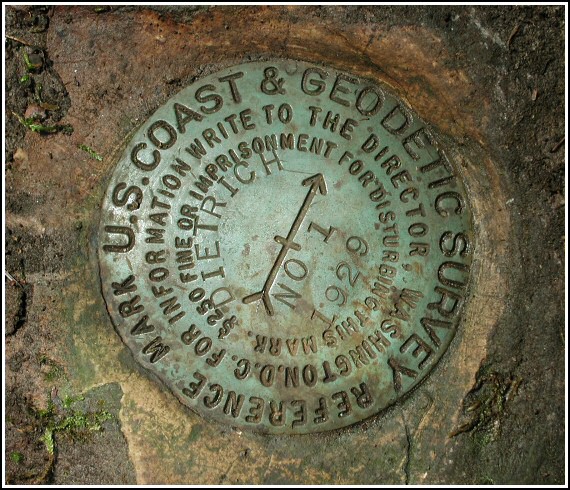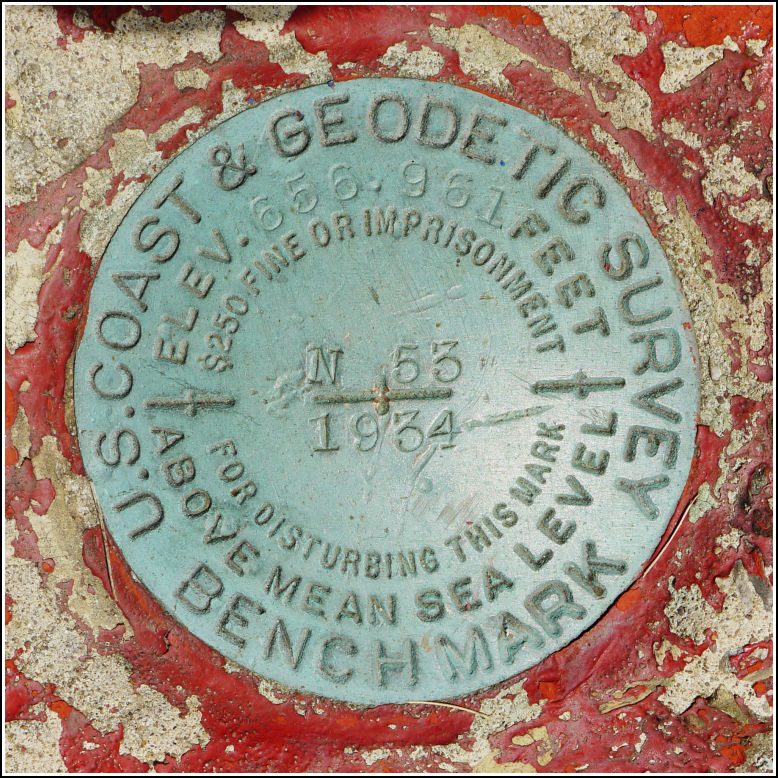


On FAT/FAT32, lists the full path of every file on the volume. (/F is implied when you use this parameter.) Tells ChkDsk to analyze the disk and fix any errors noted and also to check for bad sectors. The default size is 4096 KB, which is sufficient most of the time. On NTFS only, changes the transaction log file size. On NTFS only, tells ChkDsk to perform a minimum check of indexes. A cycle is a very rarely occurring type of error in which a directory contains a pointer to itself, causing an infinite loop. On NTFS only, tells ChkDsk to not check for cycles within the folder structure. Tells ChkDsk to analyze the disk and fix any errors noted.

Managing Windows Server 2003 File Systems On FAT/FAT32, specifies files to check for Table 20-6 summarizes the options and parameters available and their uses. For system volumes, you will be prompted to schedule the analysis and repair for the next restart of the operating system. You can also force dismount of a nonsystem volume by using the /X parameter. For nonsystem volumes, you will be given the opportunity to dismount the volume so that ChkDsk can run. Note The command-line version of Check Disk also needs exclusive access to some Windows files to fix errors. The complete syntax for ChkDsk is as follows:Ĭhkdsk filename]] If you want to check for bad sectors and try to repair them as well, use the /R parameter (which implies /F as well, meaning ChkDsk will perform a full analysis and repair and then check and repair bad sectors). To have ChkDsk analyze and repair volumes, you add the /F parameter, such as chkdsk c: /f. For example, if you want to analyze the C drive, you'd type chkdsk c. You can run ChkDsk in analysis mode at the command line by typing chkdsk followed by the drive designator. The key advantage of using the command-line version is that you get a detailed report of the analysis and repair operations as detailed in the sections of this chapter entitled "Analyzing FAT Volumes by Using ChkDsk" and "Analyzing NTFS Volumes by Using ChkDsk." Type fsutil dirty query followed by the drive designator, such as fsutil dirty query c.Ĭheck Disk can also be run at the command line using ChkDsk ( Chkdsk.exe). If you want to determine if Check Disk is set to run the next time the system is started, you can use the FSUTIL DIRTY command to do this as well. Type fsutil dirty set followed by the drive designator, such as fsutil dirty set c. You can mark a disk as dirty using the FSUTIL DIRTY command. When you schedule Check Disk to run, the operating system marks the disk as dirty, which means it needs to be checked and repaired. As a result, you must either use the command-line version and dismount the volume or schedule Check Disk to run the next time the system is started. Check Disk can't get exclusive access to a volume if it has open file handles.


 0 kommentar(er)
0 kommentar(er)
